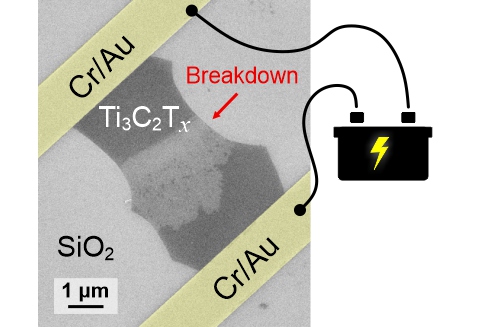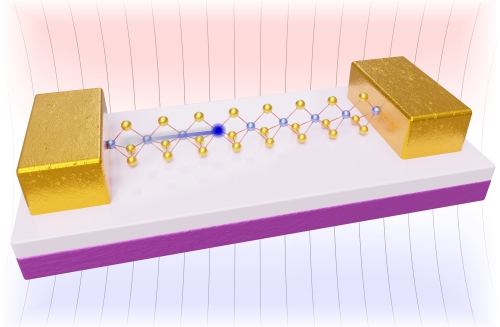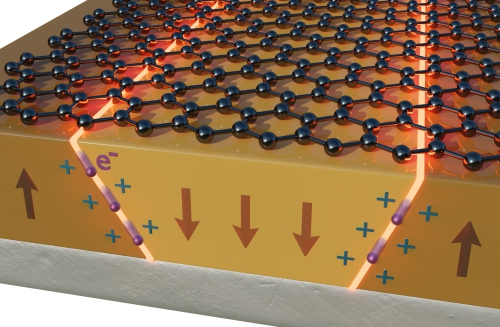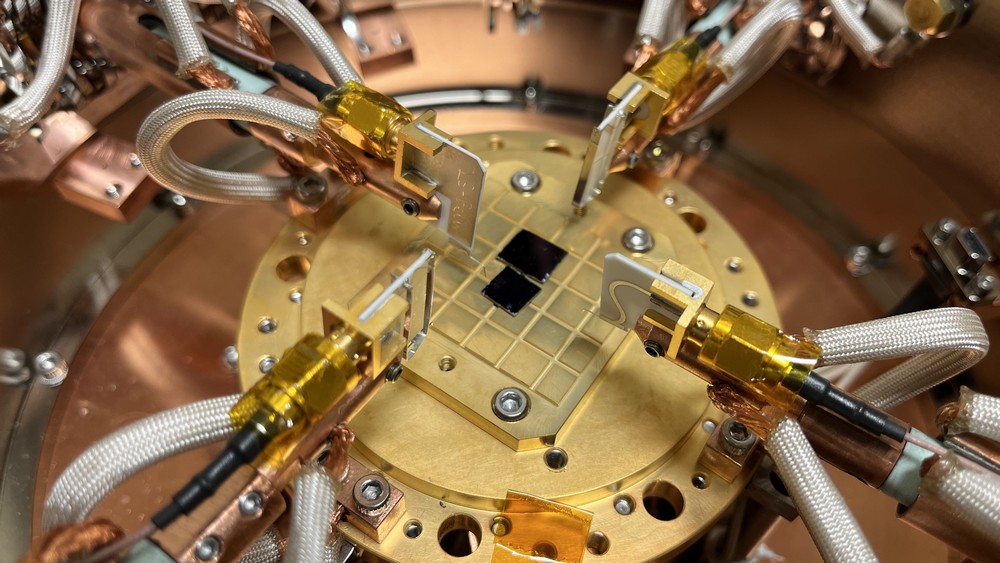Properties of MXenes
MXenes, or two-dimensional transition metal carbides and nitrides, represent a new generation of materials for energy storage, composites, photocatalysis, and water purification technologies. Despite significant achievements and further promises, there is a lack of understanding of the intrinsic properties of MXenes. By studying individual flakes, we are trying to explain and further improve the remarkable properties of these materials.

Quasi-1D TiS3
A compound called titanium trisulfide could surge toward the fore of two-dimensional materials that are gaining popularity among designers of microelectronics.

Ferroelectric Memories
The improvements in random access memory that have driven many advances of the digital age owe much to the innovative application of physics and chemistry at the atomic scale.

Our group studies two-dimensional (2D) materials, with an emphasis on the chemical design of novel functional materials for applications in electronics, photonics, sensing, and energy storage. Current materials of interest include MXenes, transition metal chalcogenides, and graphene, with distinctive electrical, optical, and ferroelectric properties. Our strategy is to control structure and composition at the nanoscale to tailor material properties and enable device function.
Students in our group receive training in inorganic chemistry and materials science, with substantial hands-on experience in: low-dimensional nanomaterials synthesis and growth; chemical vapor deposition; advanced characterization (electron microscopy, atomic force microscopy); nanoscale device fabrication and electrical measurements.
Graduate students: Prospective graduate students are welcome to e-mail Prof. Lipatov for more information about ongoing research projects or apply to the Chemical & Biological Sciences PhD program.
Undergraduates: Interested sophomores or juniors are welcome to visit our lab and learn more about our research.

